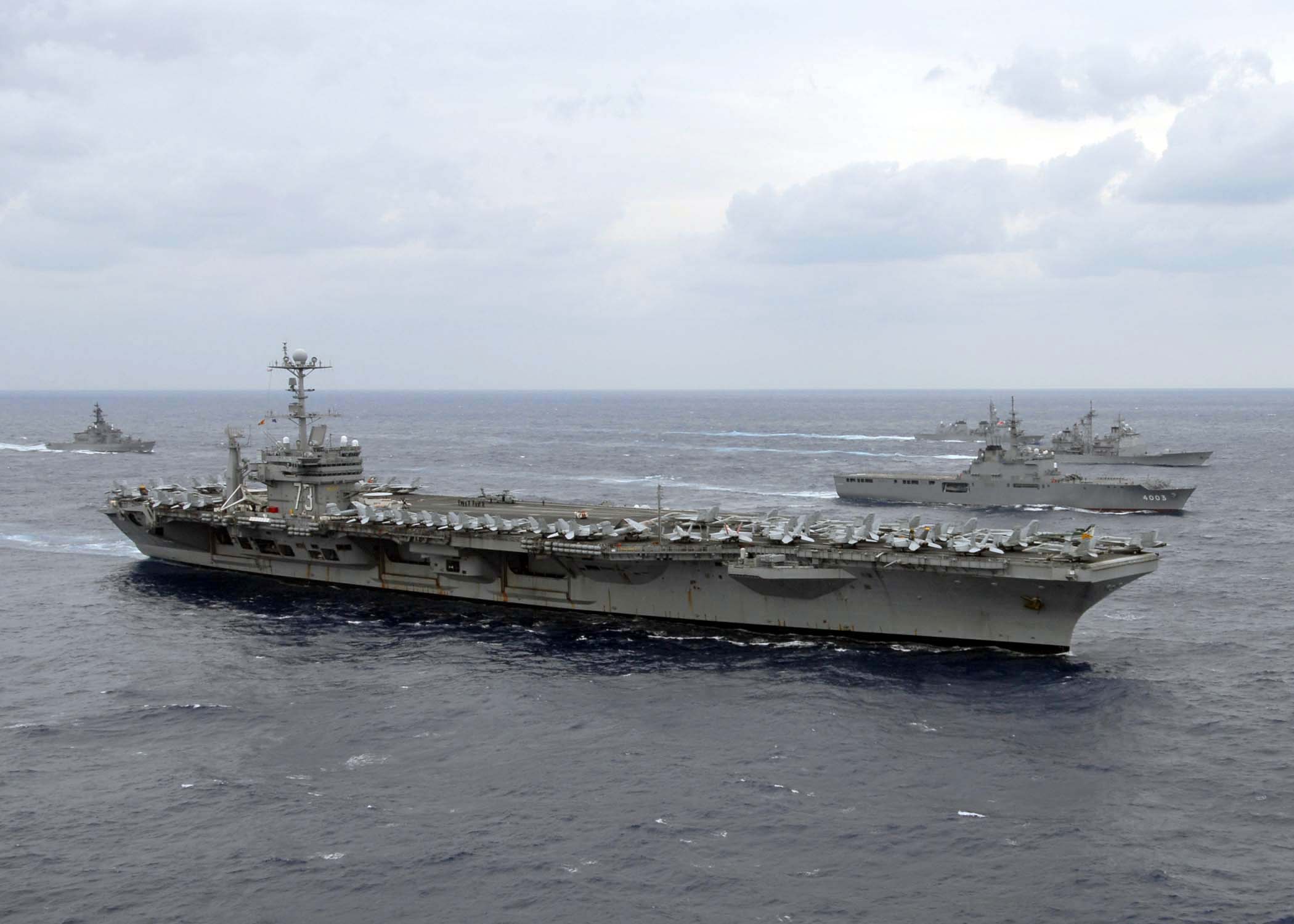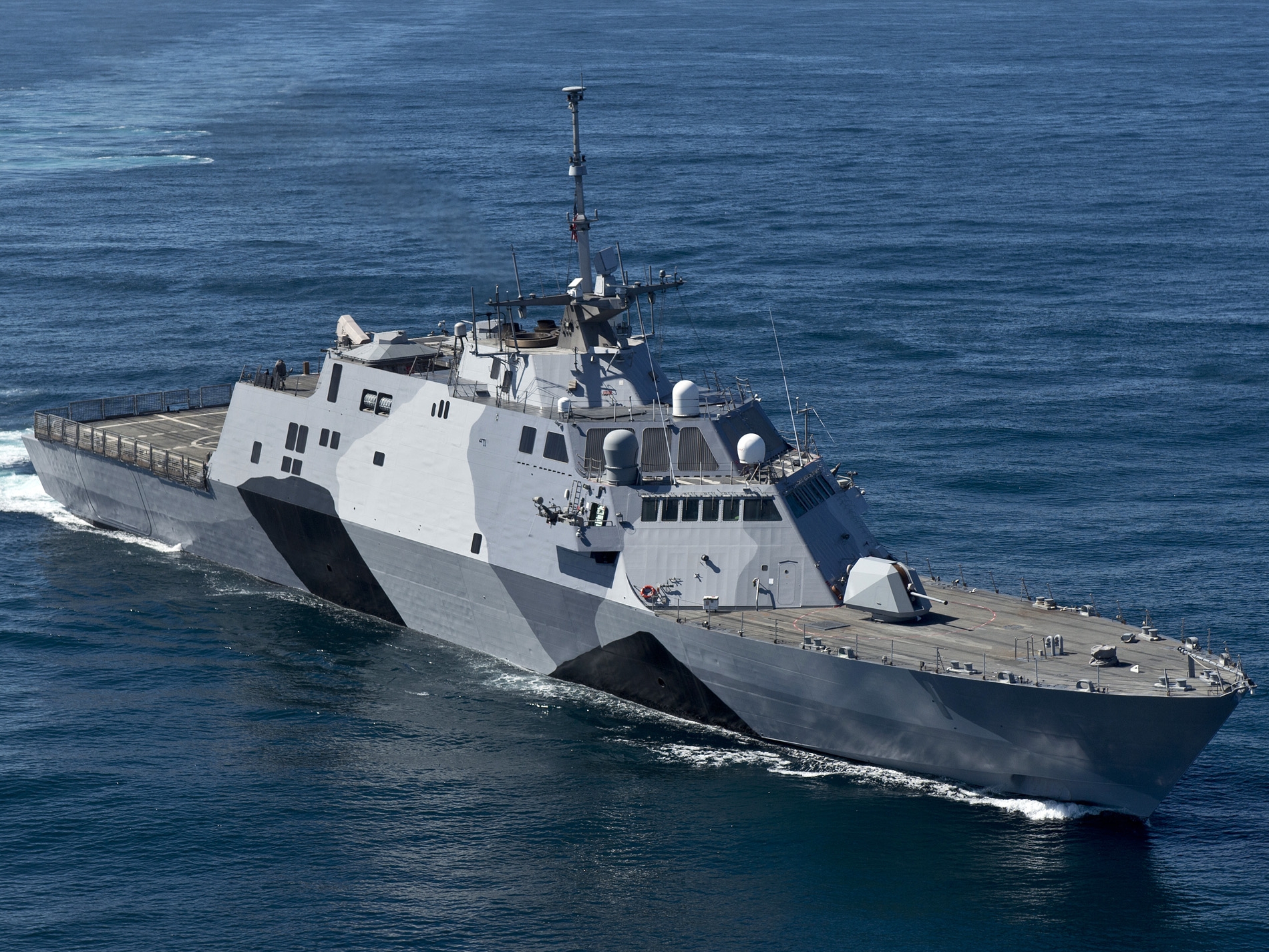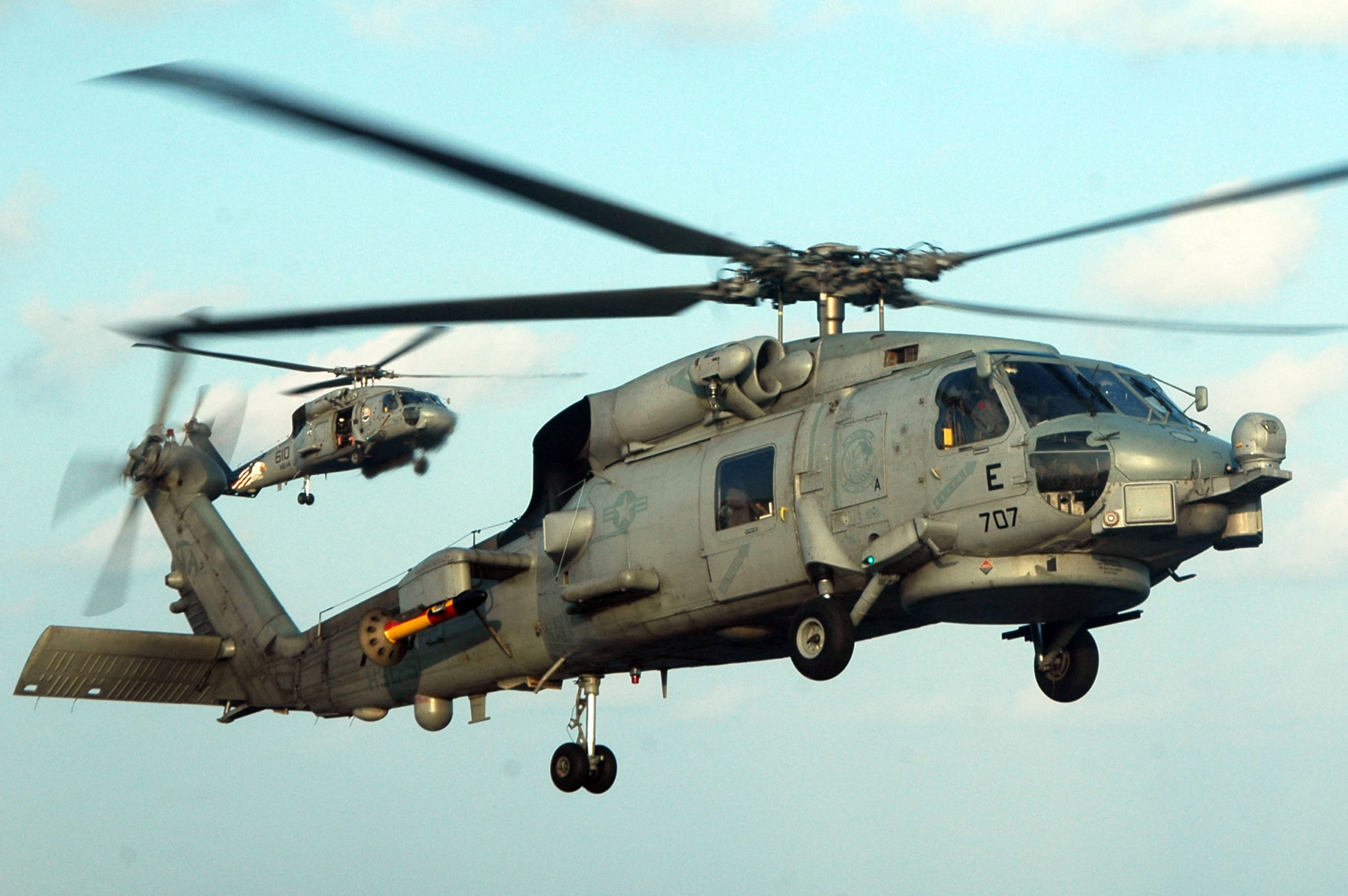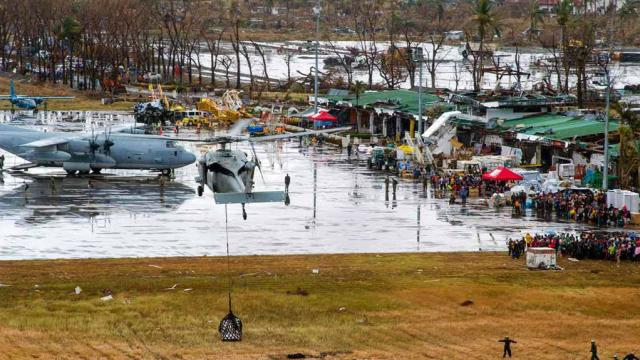Typhoon Haiyan, the most powerful storm on record, bludgeoned the Philippines last week with 380km/h gusting winds and 15m tall waves. By current estimates, the storm’s fury has impacted 6.9 million people in 41 provinces, taken countless lives, and razed more that 150,000 homes, entire towns simply washed away by the tides.
Despite the overwhelming scope of the calamity, the international community has already responded with aid. The United States is doing its part for the recovery effort, launching Operation Damayan, which roughly translates as “to lend a hand” in Tagolog. This massive rescue operation will include forces from the US Navy’s 7th Fleet and both the 31st Marine Expeditionary Unit and the 3rd Marine Expeditionary Brigade. It’s tasked with delivering supplies to the people most in need, by any means necessary. This is what they’ll use to get it done.
By Sea

The USS George Washington Carrier Strike Group — nine ships, 23 helicopters, and 7000 sailors in all — was one of the first of the US fleet to arrive in the Philippines after the storm had passed. This 330m long, 80m wide, 75m tall, 90,000-tonne super carrier is the sixth of the nuclear-powered Nimitz class. Its 4.5 acre flight deck is spacious enough to park 80 aircraft on it, though they’re normally stored in a below-deck hanger bay accessed by four 360sqm lifts. A pair of Westinghouse A4W nuclear reactors power the vessels four steam turbines which push four 260,000 hsp props. This carrier is so big that the air conditioning alone draws 8.6MW of power — enough to cool 2000 homes.
Feeding the carrier’s compliment of 6250 crewmembers is no easy feat — GW‘s kitchen pumps out 18,000 meals a day. Additionally, the carrier “has distiller plants on board that can make 400,000 gallons (1.5 million litres) of fresh water every day,” Lt Cmdr James Stockman told USA Today. “Some of this water will be put into containers to be airlifted to those Philippine communities in need. We will also airlift pallets of bottled water that we will take on via underway replenishment — where we connect to a supply ship and transfer cargo at sea.”
Crewmembers have even taken to lining 15m shipping containers with plastic, filling them with water and freezing it as a unit. The ice block is then airlifted to affected areas where it melts into potable water.
Since the carrier arrived on November 14, it has distributed more than 10 tonnes of supplies and flown non-stop search and rescue missions. As of Monday morning, the 7th Fleet had recovered 519 typhoon survivors, distributed more than 368,800 litres of water, 72,000kg of food and dry goods throughout the country. It will continue to act as the central operations hub until a pair of a Whidbey Island-class dock landing ships, the USS Ashland and the USS Germantown, arrive on Wednesday to relieve it.

These 15-tonne amphibious vessels are known as “the Swiss army knife of the US military,” Marine Corps Brig Gen Paul Kennedy, who is in charge of the US military relief efforts, told CNN. They are carrying 900 Marines, heavy engineering equipment, helicopters, amphibious landing craft and trucks, as well as generators and portable water tanks. Kennedy requested the ships specifically for the operation because, though they lack the GW’s production capabilities, they can get closer in-shore without running aground, providing better access to affected areas.

The USS Freedom littoral combat ship (LCS) is also en route with from Singapore, as are the USS Emory S. Land, USS Antietam, and USS Cowpens. They’re destined for the Leyte Gulf where they’ll deliver supplies to remote locations. The USS Mustin and Charles Drew, on the other hand, are shuttling supplies delivered by a growing fleet of C-130 Hercules to inaccessible areas around the city of Orloc.
By Air
MV-22 Osprey
Delivering aid further inland is nearly impossible overland thanks debris-choked roadways. Instead, the Marine Corps has begun supplementing efforts on the ground with the largest deployment of MV-22 Ospreys outside of Iraq or Afghanistan — 14 in all. Assigned to the 3rd Marine Expeditionary Brigade, these aircraft are currently operating out of Villamor Air Base, flying relief missions.

A team of MH-60 Seahawks, the “Golden Falcons” of Helicopter Sea Combat Squadron 12, are on hand to distribute supplies. These 1890 shp twin-turboshaft multipurpose helicopters seat five passengers, four crewmembers, and tote up to 2700kg of stuff slung under the aircraft. They are also being used for search and rescue operations and medical evacuations.
A team of three — soon to be five — C-130 Hercules cargo jets, part of the the 374th Airlift Wing are in charged of delivering supplies to the base of operations where they are picked up by the helos and shuttled inland. The C-130s were actually on their way back from another humanitarian mission in Bengladesh when they were diverted to help here.
Three Lockheed P-3 Orion aircraft are also on hand to provide over-watch for the operation as well as conduct broad area damage surveys while searching for survivors. These maritime surveillance aircraft were first introduced in the 1960s, but the fleet has undergone a number of modernisations since then and now sport modern avionics and sensor arrays. The P-3’s are one of only three aircraft — including the Boeing B-52 Stratofortress and Boeing KC-135 Stratotanker — with 50 consecutive years of military service. They are still routinely used for maritime patrol, reconnaissance, anti-surface warfare, and anti-submarine warfare operations.
While there are no estimates as to how long the recovery efforts will take, all signs point to “years.” And given that the operation costs $US2 million dollars a week, those are going to be some long, expensive years. Well worth it, though, if it’s able to provide the kind of help that’s sorely needed. [Stars and Stripes 1, 2 – US Navy – CNN 1, 2 ]
